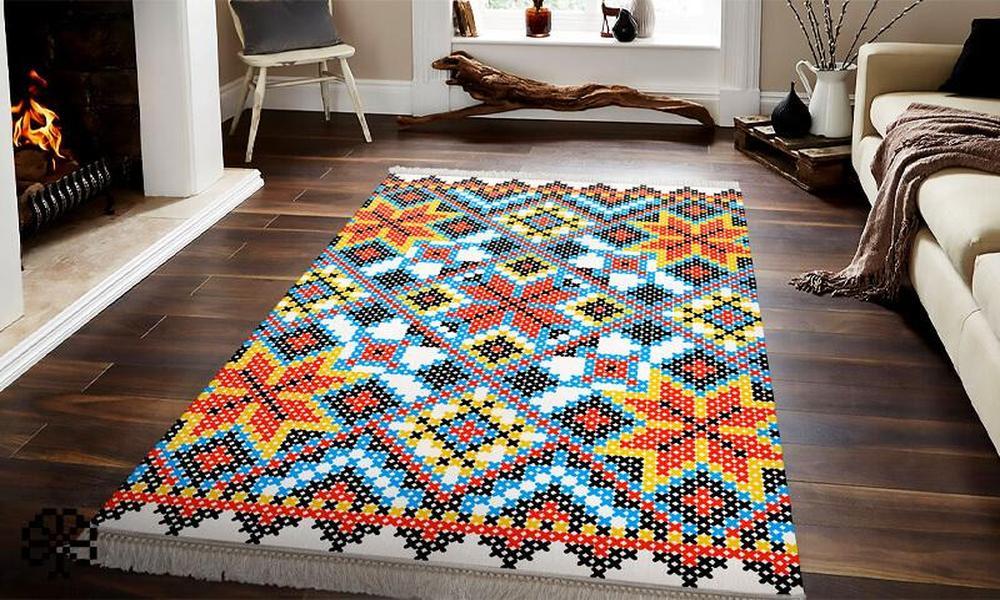Quality Materials: High-quality carpets begin with the use of premium materials. The most common materials used for handmade carpets are wool, silk, and cotton. Ensure that the materials used are of good quality and ethically sourced.
Skilled Artisans: Handmade carpets are a result of the craftsmanship and skills of talented artisans. Look for carpets that are made by experienced weavers who have honed their skills over many years. Skilled artisans can create intricate designs and produce carpets with excellent craftsmanship.
Traditional Techniques: Authentic handmade carpets are created using traditional techniques that have been passed down through generations. These techniques involve hand knotting or hand tufting the fibers onto a foundation. Each knot or tuft is meticulously placed by the artisan, creating a durable and unique piece.
Ethical Production: Ensure that the carpets you purchase are produced under ethical working conditions. This means that the artisans are treated fairly, paid a fair wage, and work in safe environments. Additionally, ethically produced carpets may use natural dyes and environmentally friendly practices.
The Death Of HANDMADE CARPETS And How To Avoid It
Support artisans and weavers: Provide financial incentives, training programs, and resources to artisans and weavers. Encourage them to continue their craft by providing fair wages and better working conditions. By empowering artisans, you can ensure the continuation of the art form.
Collaborate with designers: Foster collaborations between carpet weavers and contemporary designers. By merging traditional techniques with modern designs, you can create unique and appealing carpets that cater to the evolving tastes of consumers.
Embrace sustainability: Promote environmentally friendly practices in carpet production. Use natural dyes, organic materials, and sustainable production methods to reduce the environmental impact. This approach not only preserves the craft but also appeals to conscious consumers who prioritize eco-friendly products.
Preserve cultural heritage: Encourage governments and organizations to recognize the cultural significance of handmade carpets and implement policies to protect and promote the craft. Support museums and exhibitions that showcase the history and artistry of carpets.
International collaborations: Foster international partnerships and collaborations to exchange ideas, techniques, and market opportunities. By expanding the global reach of handmade carpets, you can create new markets and sustain the craft.
Ideas For HANDMADE CARPETS
Floral Designs: Handcraft carpets featuring intricate floral patterns. Use a variety of colorful yarns to depict flowers, leaves, and vines, creating a vibrant and nature-inspired design.
Abstract Art: Let your creativity flow and design abstract carpets that showcase bold colors, textures, and shapes. Play with different brushstroke-like patterns, gradients, and asymmetrical compositions to create visually striking pieces.
Cultural Motifs: Incorporate cultural motifs from various traditions around the world. You can draw inspiration from Moroccan, Persian, Indian, or Native American designs, infusing your carpets with the rich heritage of these cultures.
Textured Carpets: Experiment with different yarns and techniques to create textured carpets. Combine different knotting styles, and pile heights, or incorporate materials like silk or chenille to add depth and tactility to your carpets.
Word Art: Weave words or inspirational quotes into your carpets. This idea can be a unique way to create personalized rugs for special occasions or as gifts. Test with different font sizes and styles to add visual interest.

